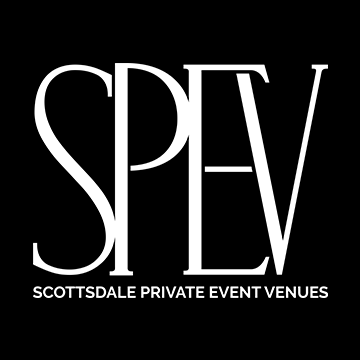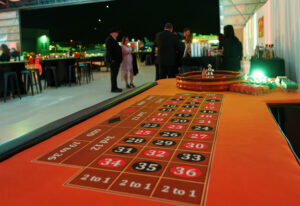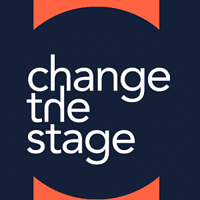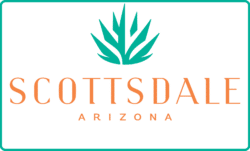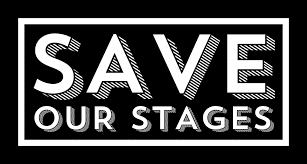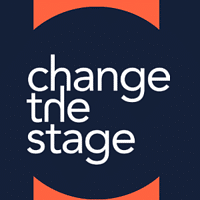Merchandise and Branding to Bring Cohesion to Your Event…Why hold events? Regardless of your event type, the main purpose of holding an event is to bring awareness to your brand. Events are held to present that brand in a positive light, to make stakeholders become more emotionally invested, and to give consumers a stronger understanding of the brand’s positive aspects.
Your brand could be something as large as a multi-national corporation, or something as small as a child. The event, in turn, could be a global awards ceremony for staff from all around the world, or little Emily’s birthday party. The purpose of the events in these cases is the same, even though the scope varies. Both events, in order to succeed, have a requirement that the attendees view their host in a positive light. They also need to be clearly defined as events that are designed to fulfill a particular need.
This is where branding, and by necessary extension, marketing, becomes involved. The event host needs to have a cohesive brand. This brand gives a point of focus for any recognition that comes as a result of the event, and is also the rallying point around which the event itself is built. In the case of the child’s birthday, the brand and the event host are one and the same, with Emily being both the host and the focus of her event. For larger events, however, the brand/host definition can be less distinct, with event organisers rarely being the organisation’s figureheads, and clarity is only achieved through effective branding, marketing and promotion.
Promotional products and branded merchandise offer an exceptional platform for building brand awareness, recognition, and emotional connection. There are five broad stages during the event management timeline where branding and merchandising are important, and if utilised effectively as part of a strong branding strategy, promotional products have the capacity to create unsurpassed visual cohesion for an event.
The five promotional stages are:
1. Invitation;
2. Set-up;
3. Event day;
4. Giveaways, and
5. Follow-up.
Obviously an extremely simple breakdown of the event timeline. These stages serve to show different product strategies required throughout the event planning calendar.
